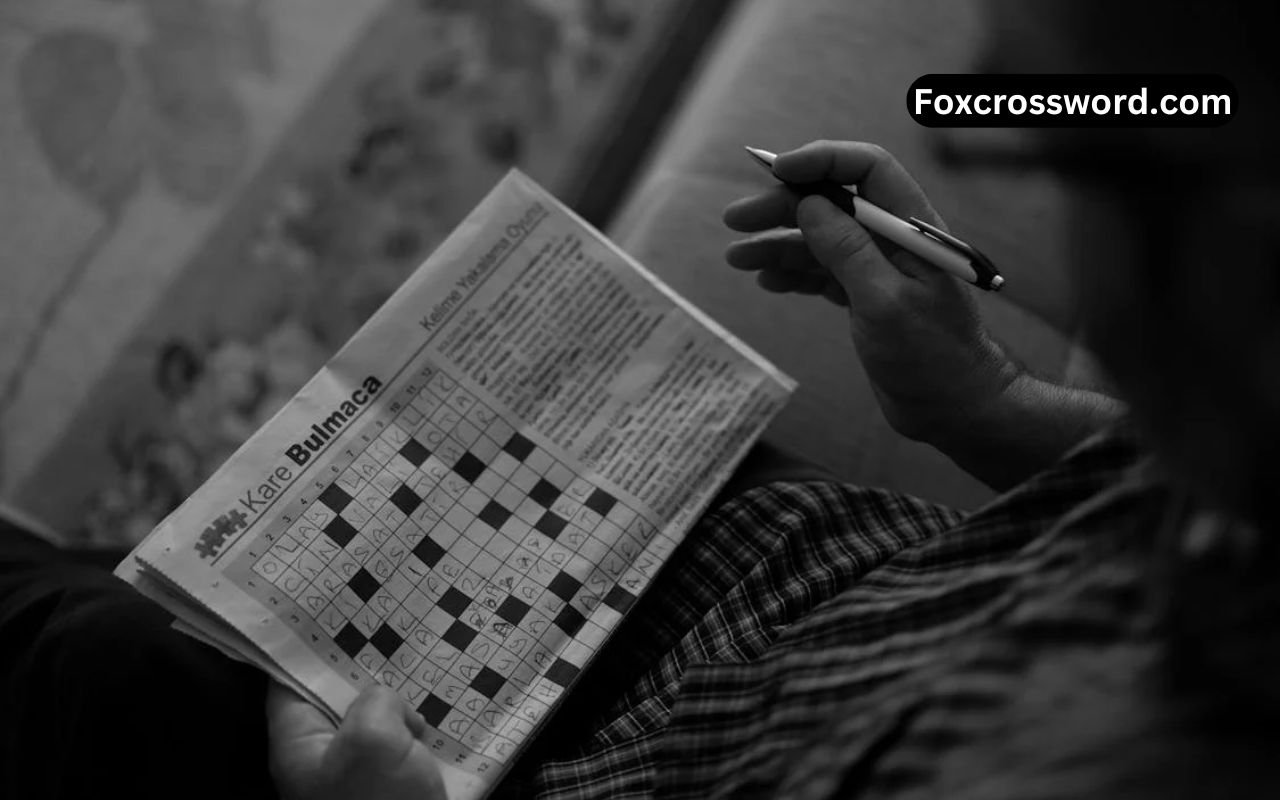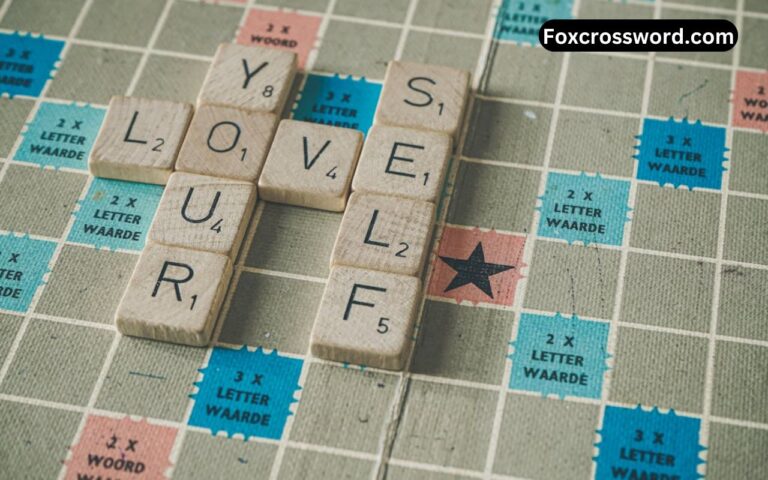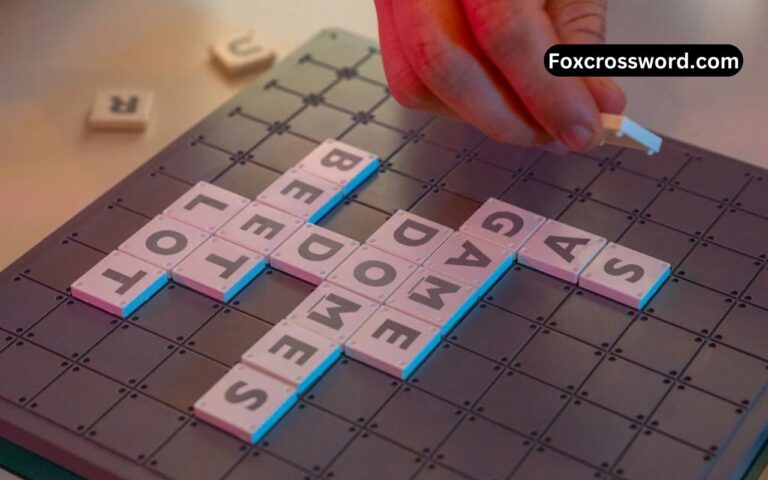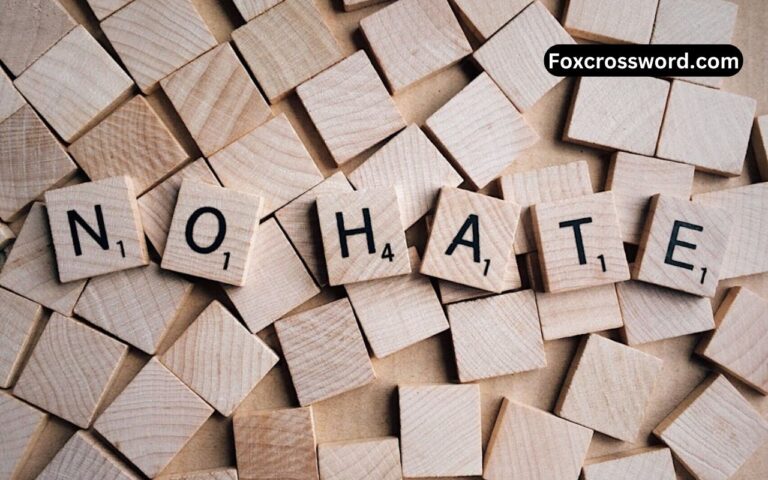Poor Resolution Say NYT Crossword: Cracking the Mystery
Have you ever been stumped by a cryptic crossword clue and thought, “What on earth does this mean?” If so, you’re not alone—especially if you’re tackling the New York Times Crossword, renowned for its ability to perplex even the most seasoned solvers. One clue that has recently puzzled many is “Poor resolution say Nyt crossword” with the answer being the word anticlimax. If you’re scratching your head wondering how this fits, you’re in the right place! Let’s dive into why this clever clue works and what makes it such a standout example of crossword trickery.
The Intrigue of “Poor Resolution, Say”
At first glance, “Poor resolution, say” seems vague, almost deliberately obtuse. That’s what makes it brilliant. It forces you to think beyond the surface meaning of the words and embrace the layered wordplay that the New York Times Crossword is famous for.
But why anticlimax? Let’s break it down.
- What’s a Resolution? In storytelling or real life, a resolution is the conclusion or outcome of a situation. Ideally, it’s a satisfying, well-tied bow that leaves everyone feeling resolved. But a poor resolution? That’s where things start to crumble.
- The Word “Anticlimax” in Context An anticlimax is a disappointing or underwhelming conclusion to an otherwise exciting or suspenseful build-up. Think of a movie that’s thrilling for 90 minutes only to end with the main character waking up and realizing it was all a dream. That’s a prime example of an anticlimax—an ending that doesn’t live up to the expectation it created.
- The Key Word: “Say” Crossword solvers know the word say is a clue that the answer may involve an interpretation or example rather than a literal meaning. So here, “Poor resolution, say” isn’t defining poor resolution as a phrase—it’s suggesting an example of one, which is the anticlimax.
Unpacking the Genius of the Clue
What makes this clue so ingenious is how it plays with your expectations. Initially, you might assume it has something to do with low-quality images or pixelated screens—because when we think of “resolution” today, our minds often leap to technology. The brilliance lies in misleading you just enough to nudge you into creative thinking without ever being unfair.
The wordplay rests on:
- Dual meanings: Resolution can refer to clarity (as in images) or endings (as in stories).
- Conceptual creativity: The answer, anticlimax, is not directly stated but implied, forcing solvers to connect the dots themselves.
- Elegant simplicity: Once you see it, the answer feels obvious. But getting there? That’s the tricky part.
Why “Poor Resolution, Say” Stands Out
Every great crossword clue has a purpose—it challenges you to think, to learn, and to appreciate the craft behind it. This particular clue showcases the hallmark of NYT Crossword excellence: it’s clever, concise, and has just the right touch of misdirection.
Let’s compare it to more straightforward clues. A generic clue for anticlimax might be something like:
- “Disappointing conclusion.”
- “Underwhelming ending.”
While accurate, these clues lack the spark and ingenuity of “Poor resolution, say.” They hand you the answer on a silver platter instead of making you work for it.
The Thrill of the “Aha!” Moment
The beauty of solving this clue lies in the aha! moment it delivers. If you’ve ever experienced the rush of deciphering a tricky crossword entry, you know what I mean. There’s a dopamine hit that comes with cracking the code, and “Poor resolution, say” is one of those clues that rewards solvers with that exact thrill.
It starts with frustration—What does this even mean?—and ends with triumph as the pieces click into place. That feeling of mastery is why so many people keep coming back to the NYT Crossword day after day, puzzle after puzzle.
Also Read: Current Influencer NYT Crossword Clue And Possible Answer
Tips for Solving Clues Like This (Without Being Generic!)
Okay, I know I promised not to talk about general crossword-solving tips. So instead, let’s focus on decoding clues like this one, where wordplay and lateral thinking are key.
- Reconsider the Obvious If your first interpretation of a clue doesn’t yield an answer, it’s often because the clue wants you to think in a different direction. Here, the “resolution” you assumed to mean image clarity is actually about narrative endings.
- Watch for Signal Words Words like say are a giveaway that you’re dealing with an example or approximation. They invite you to explore broader interpretations rather than a literal definition.
- Think Beyond the Surface The NYT Crossword loves to challenge assumptions. Don’t get stuck on one meaning of a word—explore synonyms, metaphors, and cultural references.
Why We Love (and Sometimes Loathe) the NYT Crossword
The New York Times Crossword is like a good mystery novel. It challenges your intellect, frustrates you with red herrings, and ultimately rewards you with the satisfaction of solving its secrets. Clues like “Poor resolution, say” remind us why we love the puzzle in the first place—it’s not just about finding answers; it’s about the journey of discovery.
Of course, this journey can be maddening at times. Who hasn’t stared blankly at a grid, wondering if they’ll ever fill in those last few boxes? But the payoff makes it all worthwhile.
The Art of the Perfect Clue
If there’s one thing to take away from solving “Poor resolution say Nyt crossword” and other cryptic clues, it’s that crossword puzzles are an art form. Every word, every punctuation mark, and every bit of phrasing is meticulously crafted to guide, mislead, and delight you in equal measure.
The next time you encounter a seemingly inscrutable clue, embrace it as a challenge. After all, as anticlimactic as a poor resolution might seem in a story, it’s anything but disappointing when it’s a well-crafted crossword answer.






